Cork GAA: Is a good league necessary for a successful championship showing?

Pictured at the launch of the McCarthy Insurance Group Football Leagues at SuperValu Páirc Uí Chaoimh were, from left, Cathal Vaughan (Uibh Laoire), Fachta O'Connor (Cullen), Paul Walsh (Kanturk), Pat Horgan (Cork County Board chairperson), Callum Dungan (Carrigaline), Brendan Harrington (CEO McCarthy Insurance Group), Conor Daly (Clonakilty), Daniel Harrington (Adrigole) and CJ McCarthy (McCarthy Insurance Group). Picture: Jim Coughlan
In my secondary school, transition year was mandatory, with option given to progress straight to fifth year after the Junior Certificate.
There were various extra-curricular activities like a school tour and each Thursday afternoon was dedicated to ‘life skills’, but some teachers treated it as the start of the senior cycle.
One, after telling us that what we were doing during fourth year was important, came in on the first day of fifth year and told us to disregard everything that we had done over the previous 12 months – the Leaving Cert was only properly starting now.
The pretence that there was a significance to what we were doing only to then press a reset button was somewhat reminiscent to how coverage of GAA leagues at inter-county and club level is treated.
This time last year, for instance, you couldn’t move for people talking about how Derry were set to really kick on after claiming national silverware but a championship implosion soon brought a revision. Waterford’s 2022 hurling title was similar.
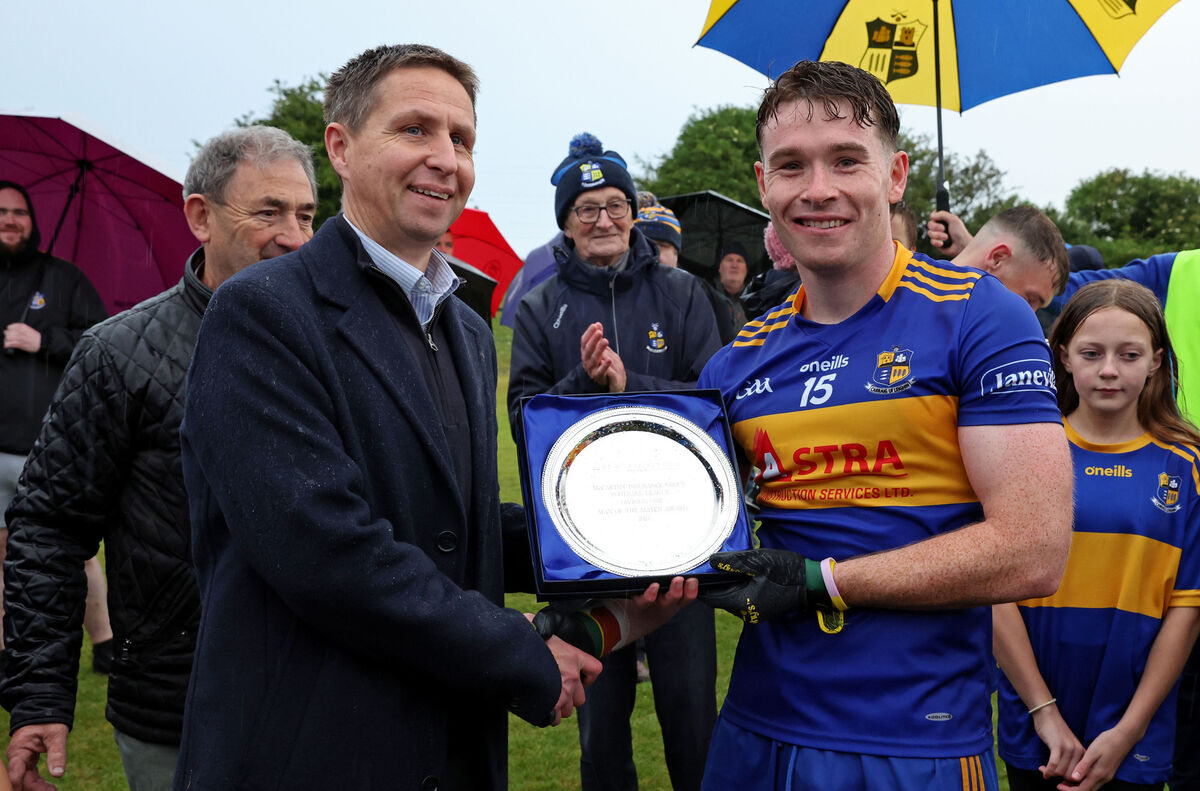
Equally, one could say that such examples are remembered more because they are exceptional, unlike Dublin or Limerick romping to a league title and then completing a double in the summer.
At a local level, the streamlining of the county leagues has provided greater clarity to fixture lists, albeit at the same time placing huge demands on dual clubs. Gone, though, are the days when teams would play three or four league games as a championship tune-up and then fulfil fixtures in an ad-hoc manner during the summer before a late rush to complete the programme so as to avoid a fine.
Now, the leagues are done before the championships start and so, armed with a couple of years’ worth of data, we can examine just how much of a correlation there is between league and championship performance.
As this is a football league weekend, we will compare those results here and then look at the hurling equivalents next week.
In Division 1 of what was then the Cork Credit Unions Football League in 2023, St Finbarr’s beat Nemo Rangers in the final. It would not have taken great powers of foresight to predict that that pair would reach the latter stages of the championship, though both lost to champions Castlehaven – the Barrs in the semi-finals and Nemo in the final.
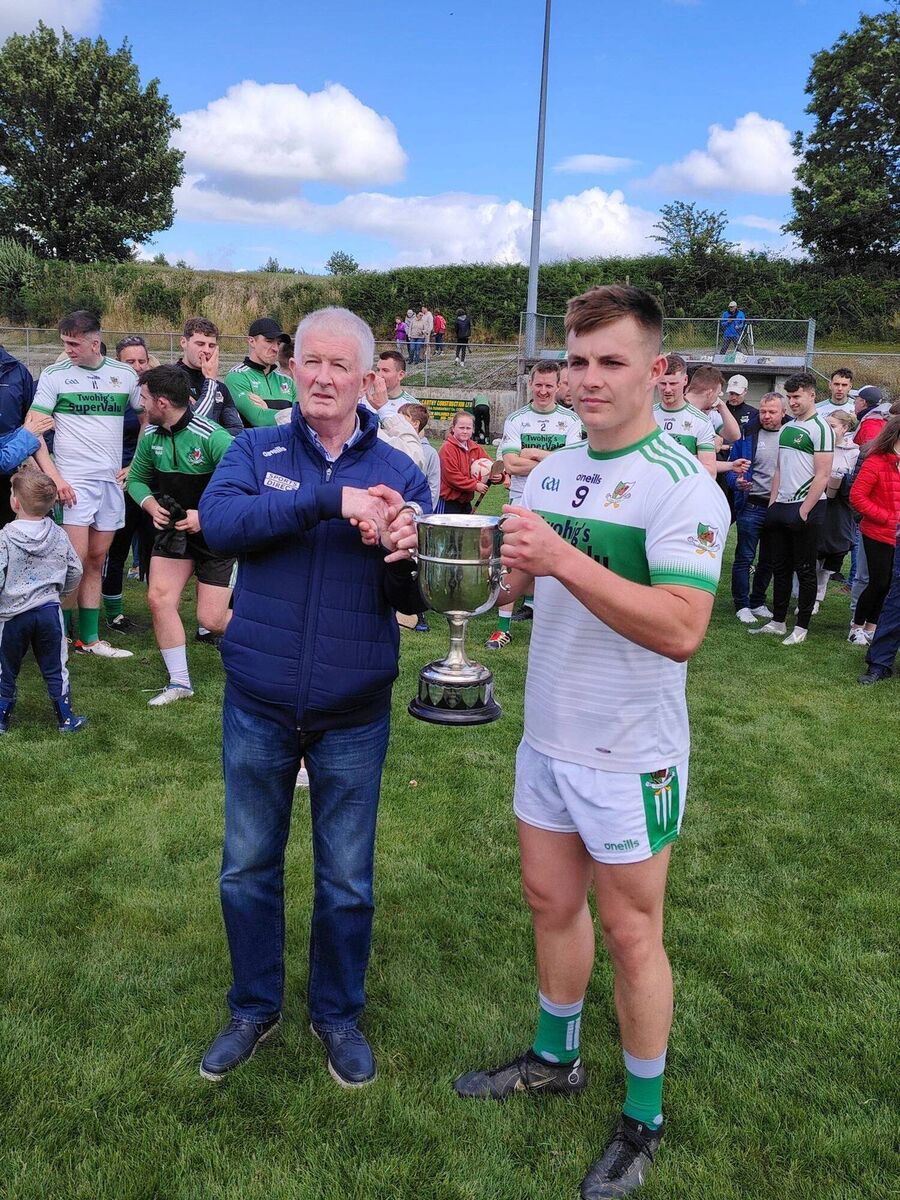
A year later, Nemo made it back to the decider, this time against Carrigaline. The south-east side had been relegated from premier senior in 2023 and were keen to bounce back – beating Nemo in the league final was the perfect springboard for them to regain their top-flight championship status at the first time of asking. Unfortunately for Nemo, they would experience another double final loss, losing to the Haven in the county final again.
Carrigaline had won Division 2 in 2023, prior to their relegation – though the team they beat in that league final, Newcestown, would go on to win the SAFC that year, also bouncing back at the first attempt after dropping down from the Premier SFC. Last year, Clonakilty claimed Division 2, beating St Michael’s in the final – the West Cork club were unlucky to lose to Nemo on penalties at the championship quarter-final stage.
A penalty defeat was also the championship fate for last year’s Division 3 winners – Kanturk, who lost out to Carrigaline in the SAFC semi-finals. In 2023, the league third tier was claimed by Dohenys, who beat Knocknagree – both made the semi-finals of the SAFC, with Dohenys losing narrowly to Newcestown in the championship final.
The winners of Division 4 that year were Newmarket and they too lost to Newcestown, albeit in the semi-finals. They were followed by Uibh Laoire, who made the Premier IFC semi-finals, losing to eventual champions Kilshannig, while he last two Division 5 champions, Boherbue and Adrigole, reached IAFC quarter- and semi-finals respectively.
Obviously, there is no hard-and-fast rule – and the fact that some league divisions comprise teams from three different championship grades means that it can be hard to properly impact – but it’s becoming clearer that summer success benefits strongly from a springtime foundation.
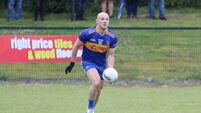
![IMG_2047[1].JPG Glanmire junior footballers still in with chance after beating Bishopstown](/cms_media/module_img/9559/4779758_1_teasersmall_IMG_2047_5b1_5d.jpg)
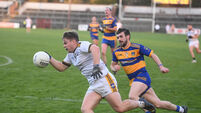


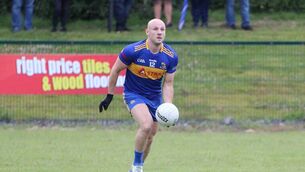


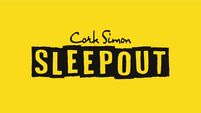
 App?
App?







